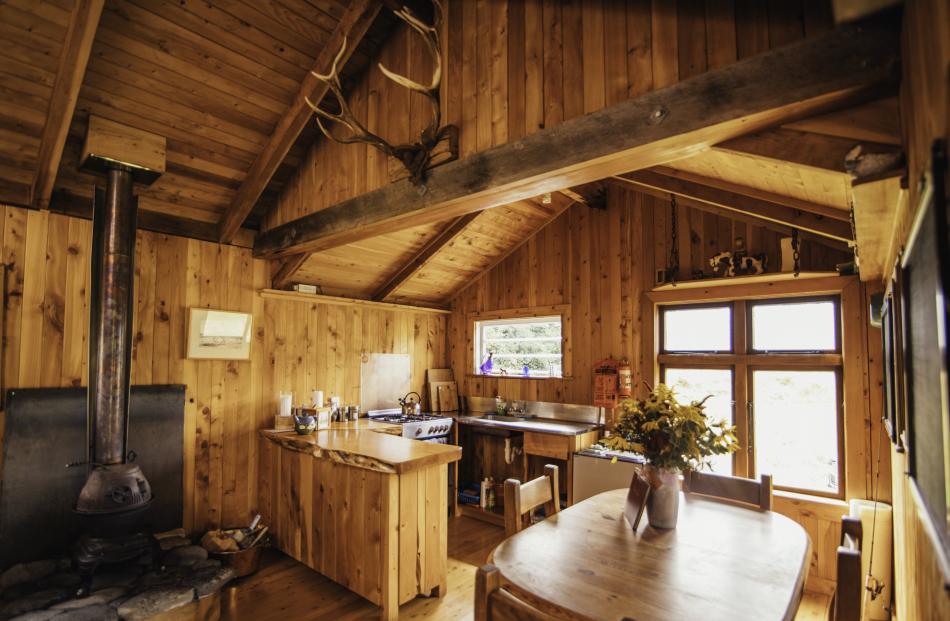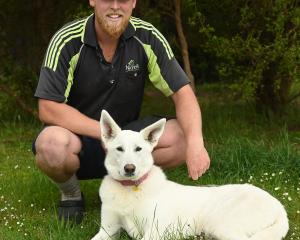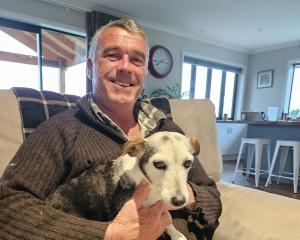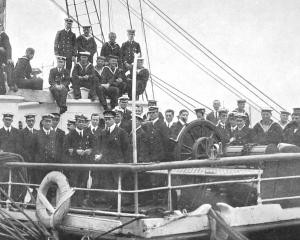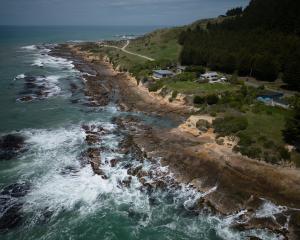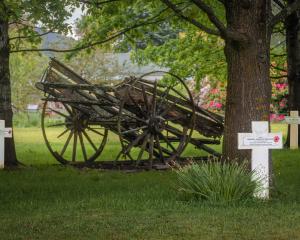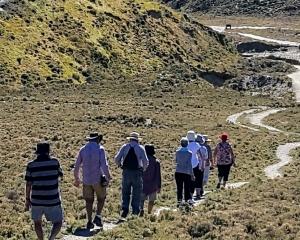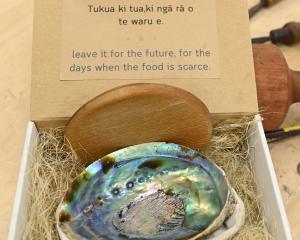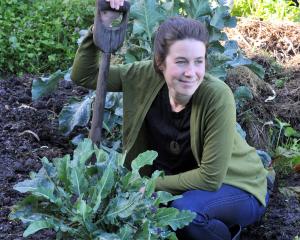Writer Hilary Ngan Kee and photographer Sam Stuchbury have taken the roads less travelled to visit some of New Zealand’s best hideaways.
Honeywell Hut
Motueka, Tasman
From its source in the Kahurangi National Park, down to where it joins the waters of the Motueka River, the Baton River winds through a steep, bush-clad valley. It seems an unlikely place to attract farmers but the valley's fertile grassy floor was a popular place for early settlers in the region to graze their sheep. Sheep would be sent up to graze in early summer before being mustered back down on to the river flats at the end of the season on what was known back then as the Baton Run.
While most visitors used to arrive on four legs, we come into the valley on four wheels: a 13.5-kilometre gravel road winds along beside the river. We don't see another soul as the hills begin to close in around us. We are headed to Baton Run Farm to meet Richard and Fiona, the owners of Honeywell Hut.
Richard is the third generation of his family to own this land. His family's story here began with an untruth. Back at the beginning of the 20th century, his grandfather, a tailor, was told the land was rich in gold and that there were millions to be made. It's true that gold had been discovered here in the late 1800s, and men had flocked to the valley to prospect it. This caused some conflict with the original run-holders, as miners began to nab free-ranging sheep to fill their hungry bellies.
A few tales of success filtered down the valley, but the returns were never as lucrative as anyone hoped and, by the turn of the century, the goldfields were mostly abandoned. It was around this time that the property's owners ''salted'' the land in order to trick any prospective buyer into paying a higher price - a process which involves planting gold to give the illusion of untapped riches. Richard's grandfather was duly persuaded and so the family came to live in the valley.
Turning up the driveway, we are greeted by big, beautiful horses standing calmly in a paddock next to the homestead. We venture around the side of an outbuilding, past a particularly majestic pony that is getting washed down, into the garden. There, standing around a picnic table, is a rather eclectic group of people.It's here we properly meet Fiona and are introduced to Richard. The rest of the bunch is made up of a woman from the UK who has just finished one of Fiona's horse treks, and a group of young European Wwoofers. This is an organisation that pairs volunteers with hosts who provide bed and board in return for work.
Fiona herself first came to the valley as a Wwoofer. Originally from Britain, she was a photographer who had a passion for horses. Her travels brought her to New Zealand in the early 1990s, where she found work in Akaroa.
In 1993 she saddled up an Appaloosa mare and rode almost 300km through the back country before arriving in the Baton Valley. Once here, she joined a horse-trek operation across the river, and a few years later met Richard, who she says was a ''lonely man of the valley''.
Eventually, Fiona took over the horse-trekking business and moved it over to Baton Run, where Richard continues to farm his family's land. ''Richard does the farm, I do the horses,'' Fiona says happily.
As we sit and chat with the pair, the subject of Honeywell Hut itself comes around. They'd decided they wanted a hut on the property and someone told them about one in Nelson.
''Apparently, it used to be by someone's swimming pool in Nelson as a changing hut. Then it went to Okiwi Bay in the Marlborough Sounds, and then it was transported back to Redwood Valley, and now it's come up to the Baton Valley,'' Fiona tells us proudly.
She also says that Richard is a ''really quick shopper, so when the vendors only wanted a grand for it he signed a cheque''.
With the deal sealed, the couple then had to navigate moving the 4-metre-wide hut down the valley's narrow road. Luckily for them, it just managed to squeeze through.
Once the hut had arrived on the farm, they enlisted the help of their talented friend Jack Honeywell, a carpenter and furniture maker, who set about overhauling the hut's derelict interior. Thanks to Jack's eye for detail and his skill as a craftsman the hut is now absolutely immaculate - in fact, Jack left such a mark on the place that it seemed right to christen the hut with his name.
We follow Fiona and Richard down the road and through a couple of sheep paddocks until we reach Honeywell Hut. The hut's aesthetic is perfect for its location - it's like an ancient saloon has been transported from the Wild West, with its welcoming front porch looking out on the sun-bleached fields around it.
I can just imagine wandering in after one of Fiona's horse treks, tying the horses up outside and throwing off my boots. The place is rustic and real, and has a magical quality to it.
Inside, the hut is spacious and comfortable.
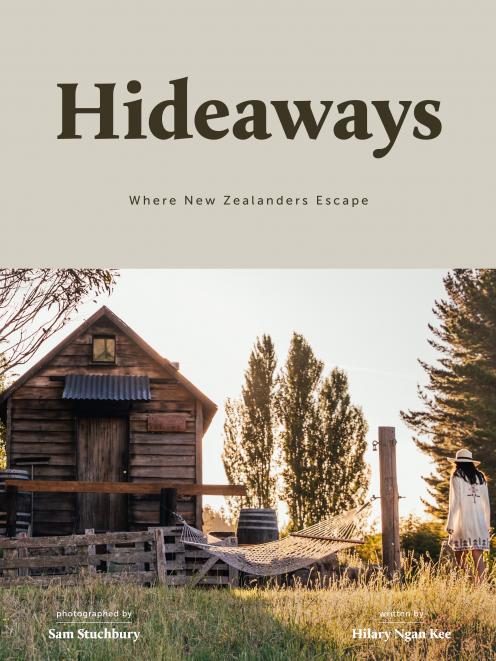
The river runs past the bottom of the paddock. In the early evening, we head down for a dip in its cool, clear waters, dodging the little swarms of sandflies that are notorious in this part of the country. A hot outdoor shower soon follows, before we settle in for the night.
Fiona had mentioned that Richard is a gifted bush poet, and I was delighted to find a book of his poetry inside the hut. His charming poems are inspired by this valley, his home, the place where he grew up. The valley might sometimes be lonely, harsh and unforgiving, but it's also beautiful, enchanting and life-giving. As far as I'm concerned, this place is as good as gold.
Extract reproduced with permission from Hideaways. Written by Hilary Ngan Kee. Photographed by Sam Stuchbury.


